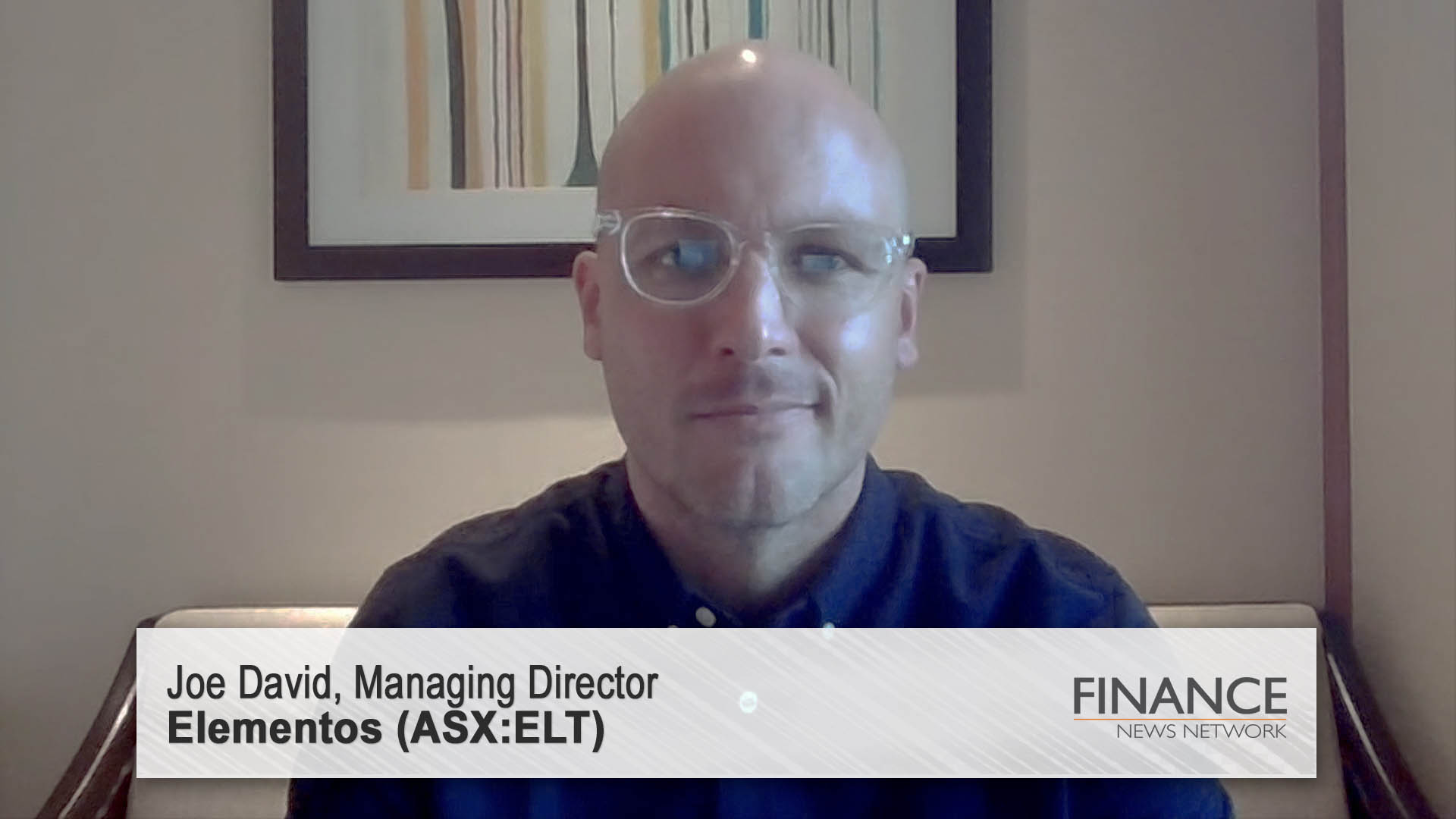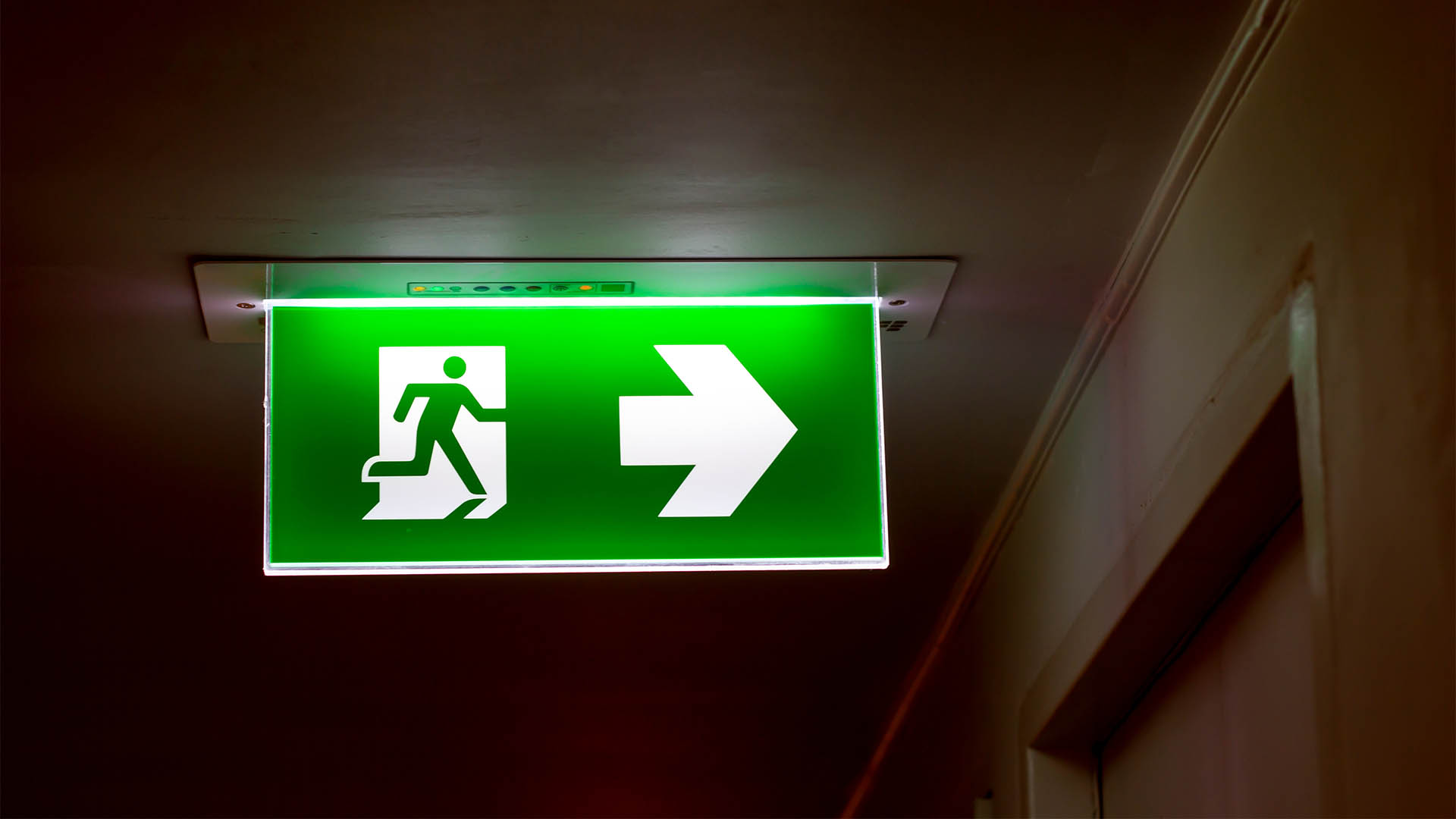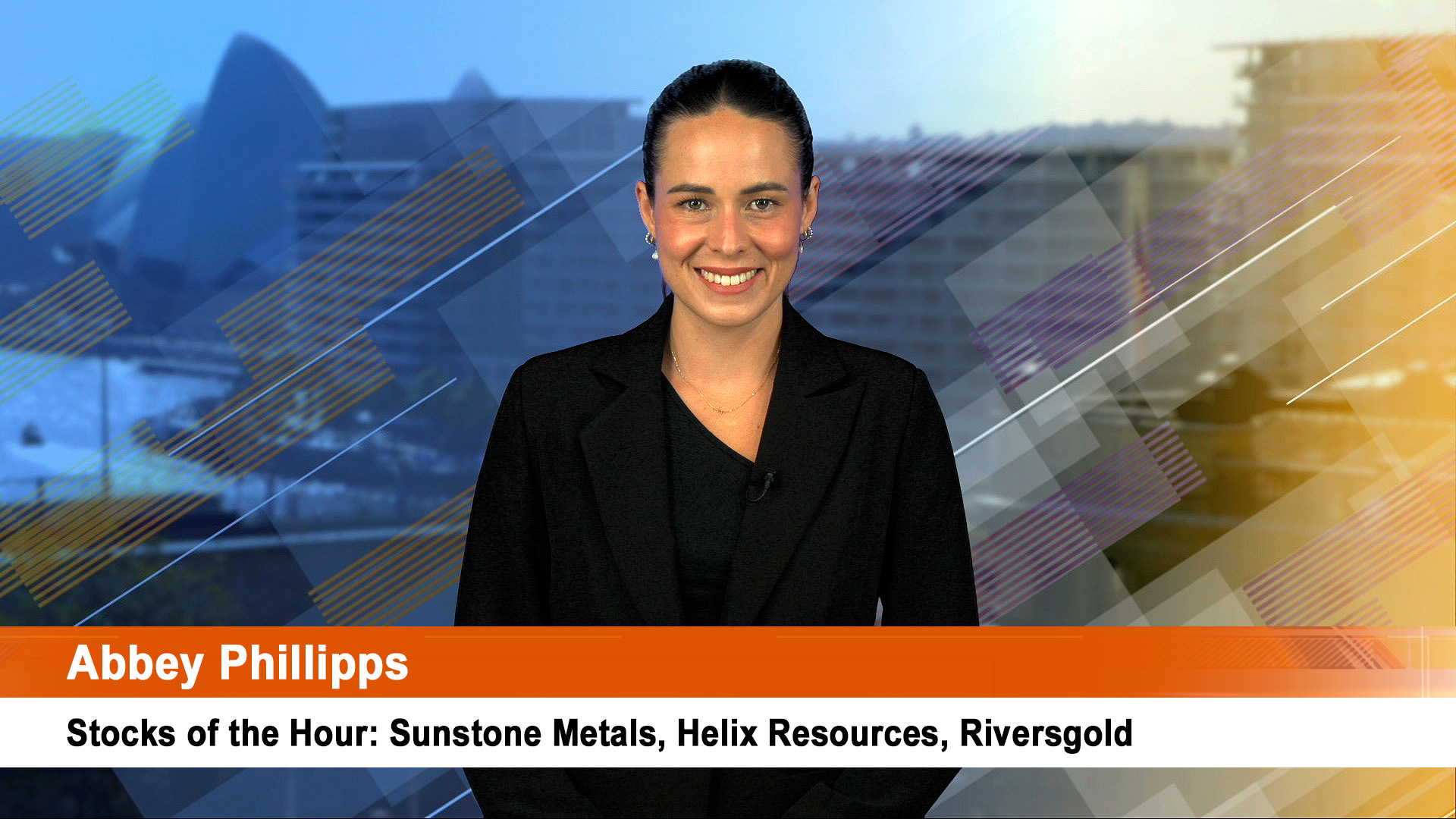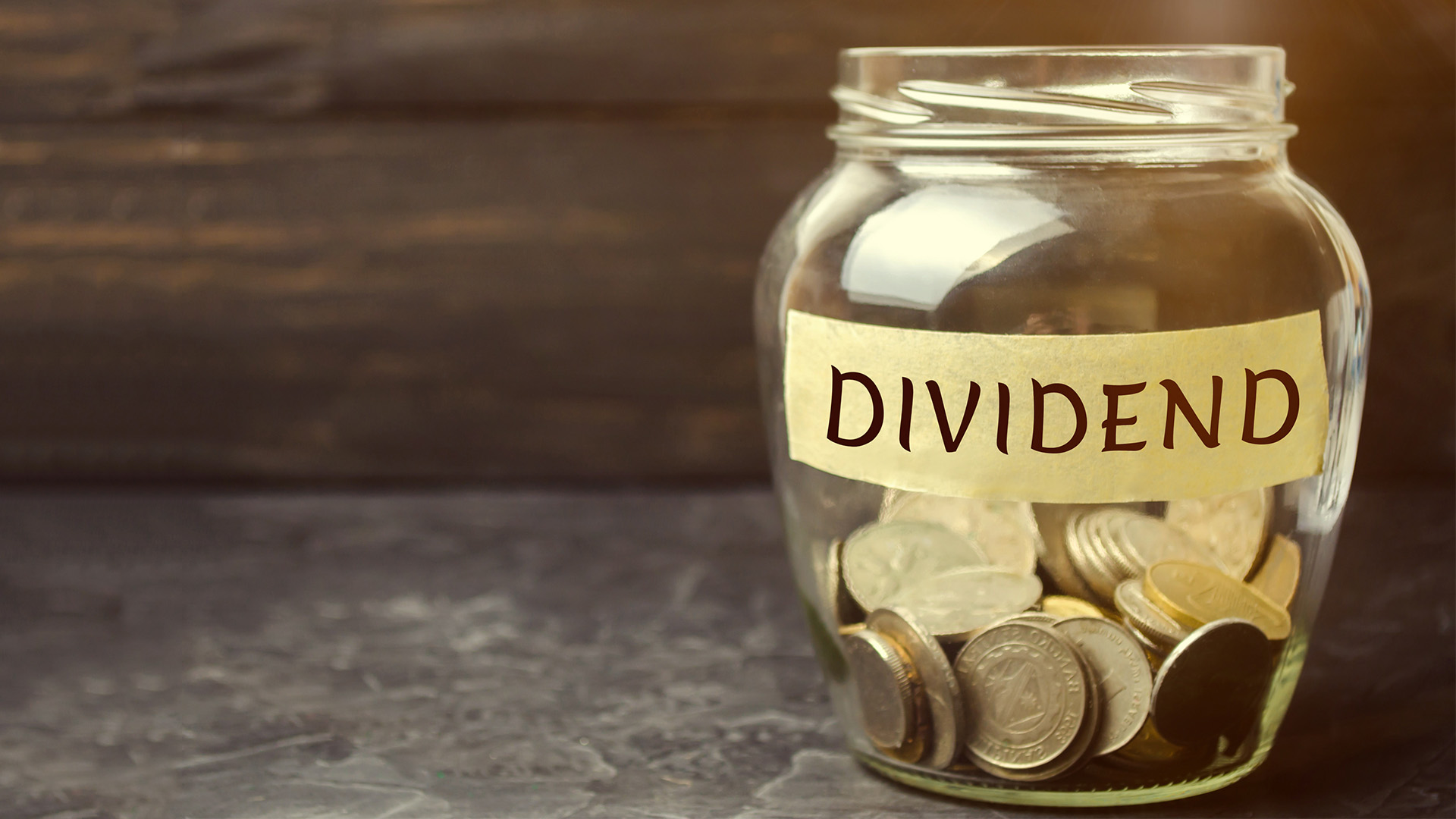
China’s monthly flow of economic data emerged yesterday and while the economy is still in reasonable shape, the government isn’t taking any chances as it continues to stress there will be no change in monetary policy in the current half of the year (i.e. no rate rise or tightening of loans or asset ratios by the banks).
China’s industrial output growth rose, prices fell, retail sales went sideways and imports and exports were again down in July.
Industrial production climbed 10.8% in July from the same month of 2008, and up marginally from the 10.7% annual rate in June.
Exports fell 23%, imports 14.9%.The trade surplus fell to around $US10 billion.
Iron ore imports hit a record high in July as steel makers bought heavily on world markets.
Imports were 58.1 million tonnes, 5% higher than June, and beat the previous 57 million tonnes record in April.
That saw crude steel production rise 13% last month to 50.7 million tonnes, the National Bureau of Statistics said. That’s the third consecutive record monthly high and indicates an annual rate approaching 600 million tonnes, or up to 20% above 2008’s record 500 million tonnes.
Urban fixed investment for the first seven months of 2009 rose 32.9%, consumer prices fell 1.8% and retail sales rose 15.2%.
Producer prices fell 8.2% annual in July after a 7.8% annual fall June on June, pointing to deflation for the domestic sector and a sign the fall in commodity and food prices from a year remain substantial.
But they were up 1% month on month.
The fall in consumer prices was the 6th in a row, the first time that has happened for almost six years. It was down 0.1% from June, indicating that the deflationary pressures might be easing, to be replaced later in the year by concerns about inflation.
That’s the headlines, the not so trumpeted news was a noticeable slowing compared to market forecasts (which could have been too optimistic) and on figures for June.
For example, the rise in industrial production was just 0.1%, hardly convincing when the market was looking at a figure of 11.5% annual.
Retail sales rose 0.2% from June, not a big rise, but then with prices again falling in the month at the producer and consumer level, that could have trimmed any surge simply from the effect of lower prices than in June.
Power consumption in July was up 4.8% from June’s rise of 3.7% (July was the second month in a row power consumption has risen, after it had fallen for five months to May). That seemed solid.
The rise in urban fixed-asset investment of 32.9% was down on June’s 33.6% gain (but 2008 figures were boosted by the end of the games spending and associated investment) a 34% estimate from the market.
Still, if lending is strong and the huge stimulus spending program is having an impact, urban investment could have been higher.
Last week the government said car sales jumped 82% in July on the same month in 2008.
So what did the flood of figures do to the stockmarket. At the close of trading Monday the Shanghai index was down 5.7% since the previous Monday. It rose just 0.46% yesterday, hardly convincing.
That took the rise since the start of the year to almost 80% (it was over 86% a week or so ago) and real-estate prices have rebounded, fueling concern that loans meant for infrastructure projects are being used for speculation.
The measure fell by 5% on July 29 amid concern that the central bank would rein in liquidity.
The central bank said last Wednesday that it will use “dynamic fine-tuning” and guide “appropriate” lending growth, and that line was repeated Friday by a deputy governor and by a senior economic planner.
Sunday Premier Wen Jiabao issued a special statement in which he made it clear that China will maintain its current macroeconomic policy stance aimed at bolstering domestic spending and no change in the current policy stance of a moderately easy monetary policy.
Figures released Monday for the property sector showed a 60% rise in the value of sales in the first seven months of this year on the same period of 2008 (http://www.chinadaily.com.cn/china/2009-08/10/content_8550504.htm). Sales were up 53% in the six months to June, so an increase in activity is clearly taking place.
That has once again led to talk of a property ‘bubble’.
Home prices in 70 large and medium-sized Chinese cities rose 1% in July from a year earlier, up from 0.9% in June and 0.8% in May; so the trend is clear.
The country’s National Development and Reform Commission and the National Bureau of Statistics said in their report that prices of new homes in the listed cities rose 0.3% year on year in July, and 1.1% from June. New home prices increased in 43 cities and fell in 26 cities.
Second-hand homes in the 70 cities rose 3% in July from July 2008 and were up 0.9% from June.
Chinese banks lent a record 7.37 trillion Yuan ($1.08 trillion) of Yuan-dominated loans in the first half, exceeding the annual target of 5 trillion Yuan.
New loans to home buyers in the first half rose by 263.3 billion Yuan year on year to 479.3 billion Yuan. New credit for property developers increased by 221 billion Yuan year on year to 403.9 billion Yuan.
But yesterday we had some figures that will cool some fevered brows (but rai













